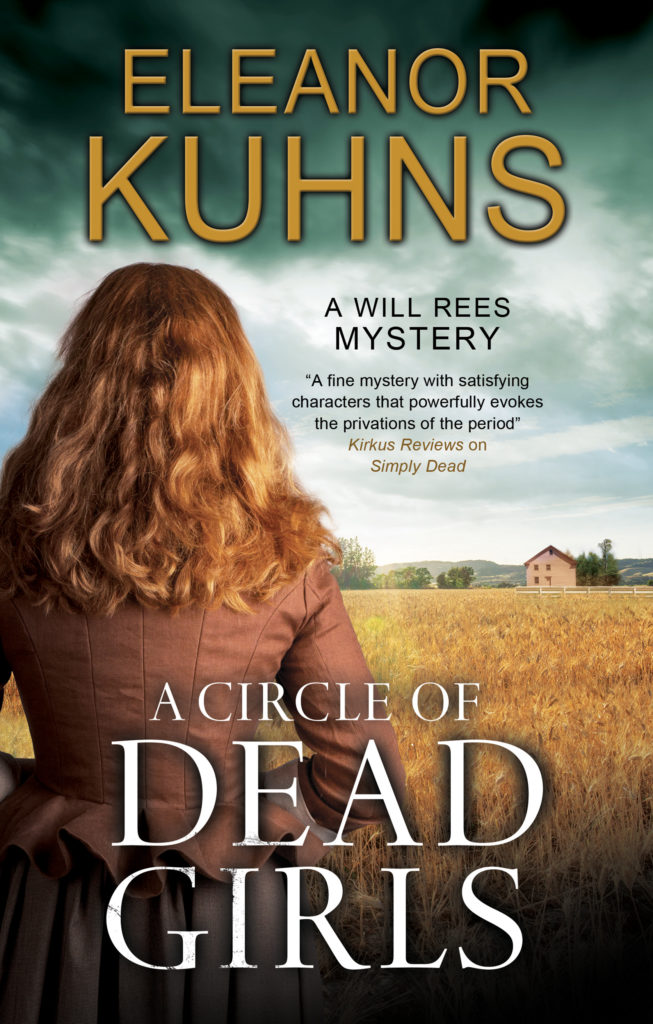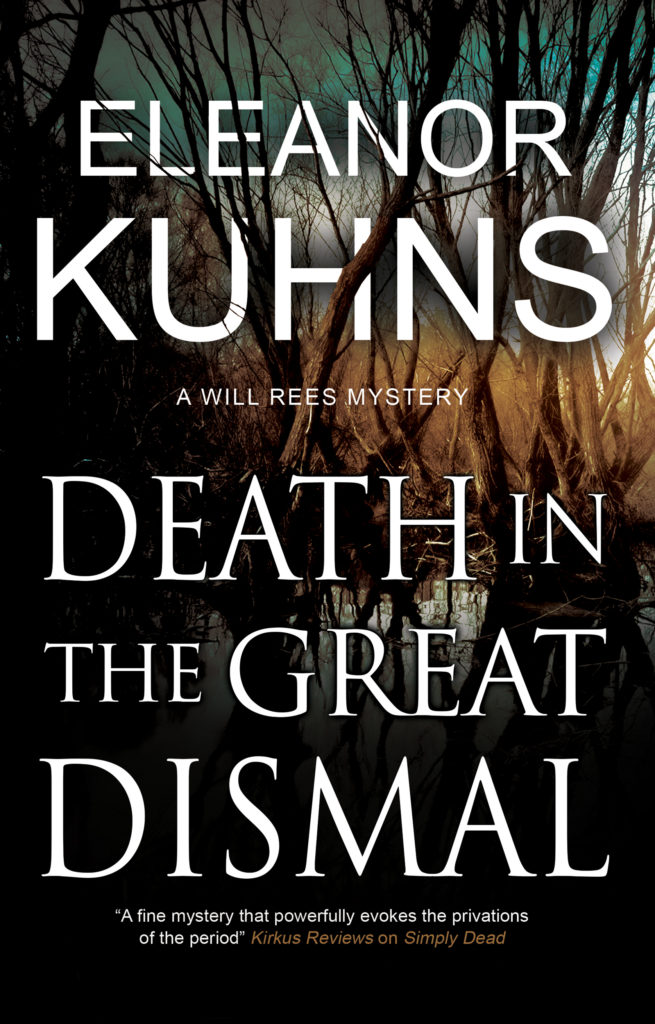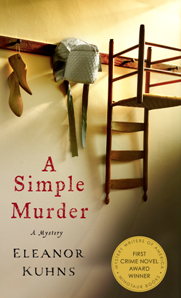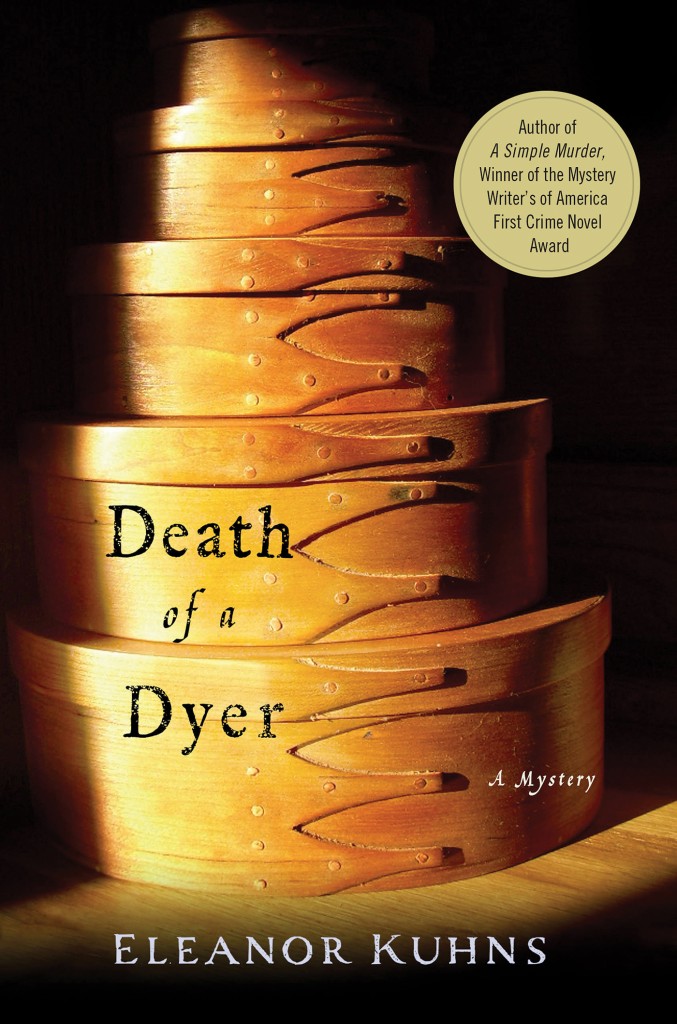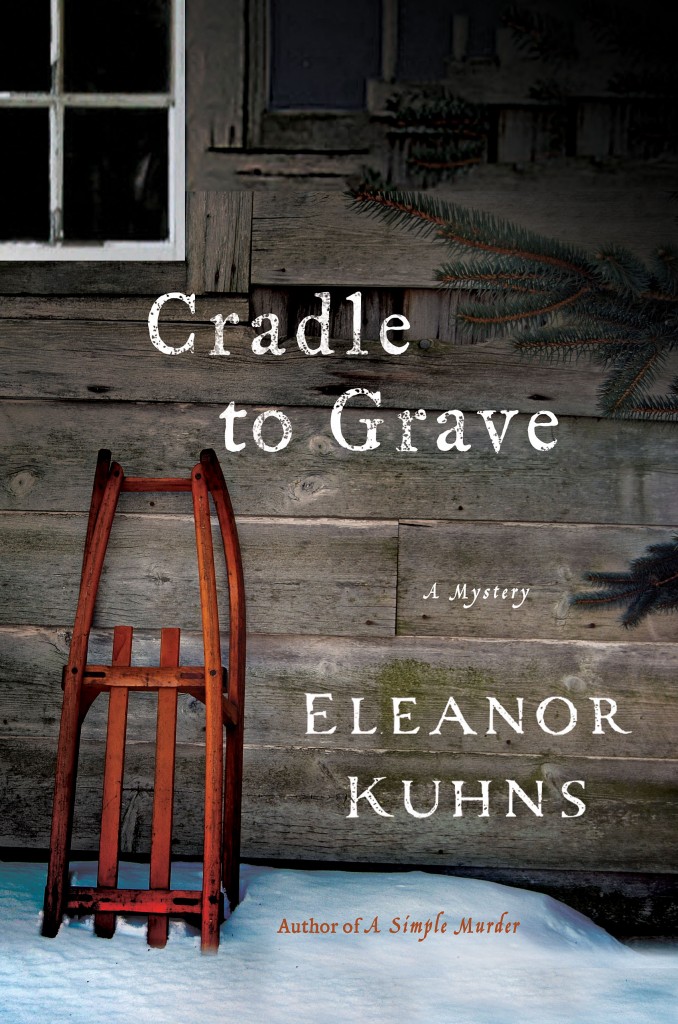My first book, A Simple Murder, was written entirely in longhand on lined paper. I can tell you, writing in this way takes a long long time. And the finished product still has to be put onto a computer (unless one wants to type on a typewriter and that’s assuming one can even find such a tool now.)
So, for my second boo, Death of a Dyer, I wrote the entire thing on my laptop. (There are advantages and disadvantages to both but I digress.)
How far we’ve come since Rees’s time.
The quill pen and ink were the approved methods of writing at this time. But paper was valuable and ink expensive. So how did children learn to read and write? I know I had the picture of a slate in my head but Noah Webster says slates were not in common use in schools prior to the Revolution. They came into common use in the late eighteenth century so Rees’s children might have had slates. Rees probably would have used birch bark and would have made his own ink. I can only imagine how pale and unreadable some of those concoctions might have been.
But what about the pencil? Well, although Benjamin Franklin advertised pencils in the early 1700s, they did not become common. First American manufacture of pencils with a graphite core was 1812.
So the frameless slates hung on a string were actually an advance for the early students.
Most of the students were, of course, boys. It was not thought important for girls to learn to read and write, let alone cipher (do arithmetic). Her household duties were far more important. As I have indicated in previous posts, the Shakers were far in advance of this thinking, as they education the girls as well as the boys.
I don’t know if this is true but I read that the shape of the Ipad is based on the slate. Cute.
